When people book a river cruise, they don’t realize the monkey wrench that "Mother Nature" can throw into the works. Cruise catalogues are filled with images of colorful waterfronts, hill-top ruins and smiling passengers (and all that can be true), but even a voyage as tame as a trip down the Danube is subject to the whims of weather and water.
The first inkling that all might not go as planned on this particular cruise came on my initial flight down from Prague to Budapest on May 28. We flew into a torrential rainstorm that turned what normally would be a 30-minute puddle-jump into an epic two-hour barnstormer. The sky was heaving buckets. On arrival in Budapest, I nervously checked my phone’s weather app and saw rain into the future as far as the phone could forecast.
I knew from previous cruises that water levels can be crucial. My very first trip as a guide on the Danube, in October 2018, was interrupted by low water (we even had to swap boats on that cruise). High water can be equally disruptive. If the water level is too low, the boats scrape bottom. If it’s too high, they bang on the bridges overhead.
The next day, May 29, was embarkation day. Though we’d gotten a couple of hours reprieve from the rain that morning, my heart sank as I arrived at the boat and took my first look at the Danube. I’d been to Budapest many times in my life, but I’d never seen the water so high or the churn so rough. The waves were lapping at the tops of the banks; the water was filled with the branches and trunks of fallen trees. We’d be moving upriver on this trip and the floating tree-trunks hinted at a bumpy ride.
As I boarded the boat and greeted the staff, there were already whispers of high water. It was nothing particularly serious at that stage, merely the prospect we may have to swap ships to avoid a particularly troublesome stretch of the Danube between Passau and Regensburg. A couple of passengers had also shared their concerns as they’d heard from friends upriver of possible cancellations and re-routings. In the end, those fears proved unfounded and we completed the journey all the way to Amsterdam without having to change ships. None of us, though, could foresee what would happen on the river later that evening, just a hundred meters or so from where our boat was docked.
One of the highlights of any river cruise to Budapest is the promise of an after-dinner float on that first night along the Danube between the Hungarian capital’s Margaret and Petőfi bridges. The beautiful buildings along both banks, the Buda and Pest sides, are bathed in golden light, and the effect is magical.
That initial evening onboard we gathered in the dining room to share what would be the first of 15 days of meals together. Despite the pouring rain, the mood among the passengers was relatively upbeat and we were still basking in the novelty of the experience. After dinner, the plan was for us all to grab a glass of champagne (and some raincoats) and head upstairs to the top deck to enjoy the city lights as our boat moved up and down the river.
Toward the end of dinner -- I can’t remember exactly, but around 8:30pm -- our cruise director cut in over the loudspeaker and spoiled the festive mood. Conditions for sailing that night on the river, he said, were extremely poor, and given the rain and fast flow of the current, the captain had decided to cancel the after-dinner float through Budapest. We could still go up on deck to look at the buildings, if we wished, but the boat would stay moored to the shore that night.
The disappointment among passengers was palpable and made all the worse by the fact that apparently none of the other cruise ships -- or indeed any other vessel -- had decided to stay tied to shore that evening. In spite of the rain and swell, the river was choked with boats of all shapes and sizes. Everyone but us would be enjoying those golden lights.
It turned out to be a very fortunate decision indeed.
With no need to go up on deck, I and a few of the other passengers lingered in the dining room over drinks and looked out onto the busy river through big windows. Sometime after 9pm, the scene outside grew increasingly manic. Boats weren’t just cruising the river, they were plowing through the water at breakneck speeds. Big boats, small boats and even the occasional blue light of a police boat in pursuit. It looked crazy out there.
After a few more minutes of watching the excitement, I said good night to the passengers and made my way back to my cabin to prepare for the next day. Though we had no idea at the time (it was still raining hard and visibility was poor), we’d all just witnessed what would later be labeled Hungary’s worst boating disaster in six decades. A massive Viking river cruiser, the “Sigyn,” had collided with a pleasure boat, the “Hableány” (Mermaid), toppling the smaller vessel within seconds and plunging the boat’s 35 passengers into the cold, fast-flowing river. In the end, 28 people, mostly tourists from South Korea, would lose their lives. The whole thing had taken place just across the river from where we were docked.
I didn’t sleep well that night. The sight of those fast-moving police boats had somehow unnerved me. I woke up around 4am after a fitful night and checked my phone. It was then that I saw a cryptic message that a friend had left on my Facebook page (and the first inkling of what exactly we had all witnessed the night before). He wrote: “Heard the news of the boat accident. Hoping you're all right.” Boat accident? What? I Googled “Budapest” and “accident” and started reading the initial news reports of the collision. It looked bad.
The rest of that day (May 30) is something of a blur. Though our boat had not been involved in any way and our captain had made the sound decision not to go out on the water the previous night, the mood onboard was apprehensive and downbeat. CNN was already running preliminary reports of the accident on the television screen in the boat’s lounge. I sent messages to family and friends telling them we were okay and recommended that passengers do the same. The accident was quickly becoming a full-blown international news story and people around the world would be hearing about it within hours.
In spite of the glum mood we tried to make the best of the situation; that day, we tramped our way through rainy Budapest. Around mid-morning, I received a call from a reporter at Czech Television (Česká televize) in Prague. They were putting together a report on the accident for their national news, and the journalist asked if I could describe what I saw the night before. In measured terms (being extra careful to avoid conjecture), I described the river conditions the previous night as well as the fact that our boat had opted stay in port. You can find a link to the clip (in Czech) here. A video of the accident pops up at 20 seconds in; I start speaking at around the one-minute (1:00) mark.
As of this update (end-May 2020), the Hungarian authorities have charged the Viking captain, a Ukrainian national identified in news reports as "Yuriy C," with criminal misconduct and 35 counts of failing to provide assistance after a collision. For several months after the accident, the captain had been placed under house arrest in Budapest. In December 2019, he was remanded to formal custody on fears he might flee the country. The Viking captain reportedly faces up to 13 years in prison if found guilty. The skipper of the smaller vessel died in the accident. The remains of one of the passengers, a Korean woman, have never been located.
Surprisingly, the Hungarian authorities released the Viking boat, the Sigyn, just hours after the initial investigation, and the vessel was permitted to leave Hungarian waters. Barely three days after the tragic collision, on June 1, I snapped a photo of the boat as it was docked just next to ours, upriver by that time in Vienna.
With nothing further that we could do for the victims in Budapest, we carried on with our own cruise. We set sail for Vienna on May 30, and the rest of the trip up to Amsterdam came off without too much of a hitch. (I've posted some photos here of the happier moments of the cruise -- but the fates of the “Hableány” victims were never far from our minds.)
The trip even ended somewhat on a farcical note – for me at least – helping to put the Budapest tragedy a little further into the rear-view mirror.
As our boat rounded the bend at Rüdesheim and chugged up the Rhine for the final stretch home, we put in for the night at the German city of Koblenz and a customary trip to the nearby hilltop castle at Marksburg. The castle visit ended in one of those mock medieval dinners, where they “slaughter” a pig and raise glasses of mead.
For the after-dinner-entertainment part of the evening, the castle hosts called for volunteers from the audience to come up on stage to be part of the act. I then settled in to watch a couple of our cruise guests get pulled into some comic sketches and dance routines.
For the last trick of the night, a German woman with a sturdy build took the stage and asked the audience to send up a relatively fit male volunteer. I looked around the room and wondered whom she might pick. And that’s when I first heard the low rumble of “Mark, Mark, Mark!” grow into a steady chant. My group was apparently offering me up as a sacrificial lamb and before I knew it, I’d been plucked from the audience and placed on my back on a rickety table at the front of the room.
I had no idea what was happening. She mumbled a few instructions into my ear in German-accented English. We’d be performing a kind of table-top, head-to-head "handstand" in which I'd be expected to lift her high above my head. The most important thing for me, she said, was to keep my arms and elbows straight without buckling.
As the passengers watched in stunned silence (and I silently prayed for nothing to go wrong), the woman ran toward the table and hopped directly on top of me. I caught her in my arms and slowly lifted her upright frame into the air. And as I elevated her shoulders, and above those, her outstretched legs, it dawned on me, this time at least, we were going to make it just fine.
(I've written about river cruises several times over the past year. For an overview about what the experience is like (and photos of Budapest by night), click here or here. If you're interested in Christmas markets, click here.)
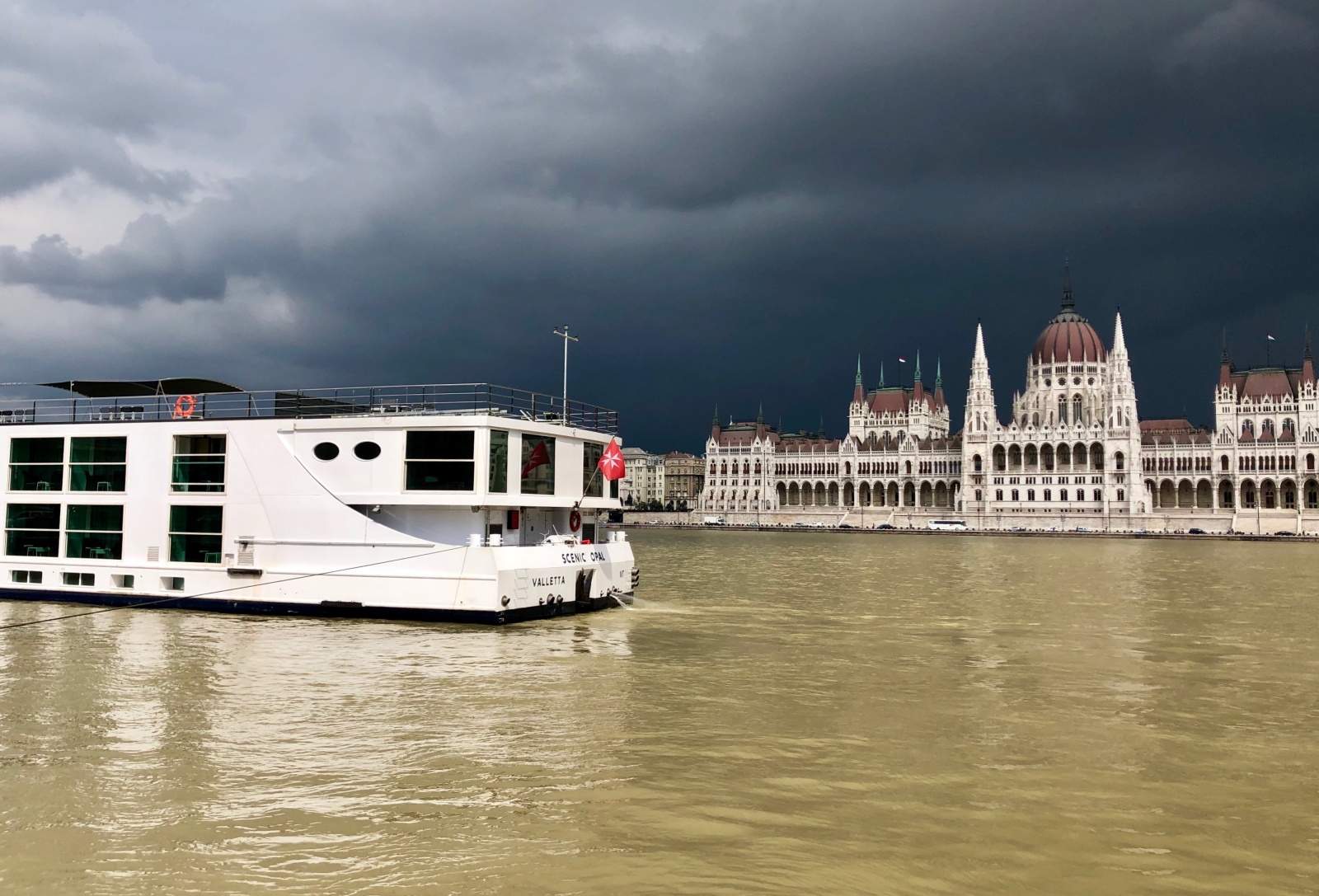
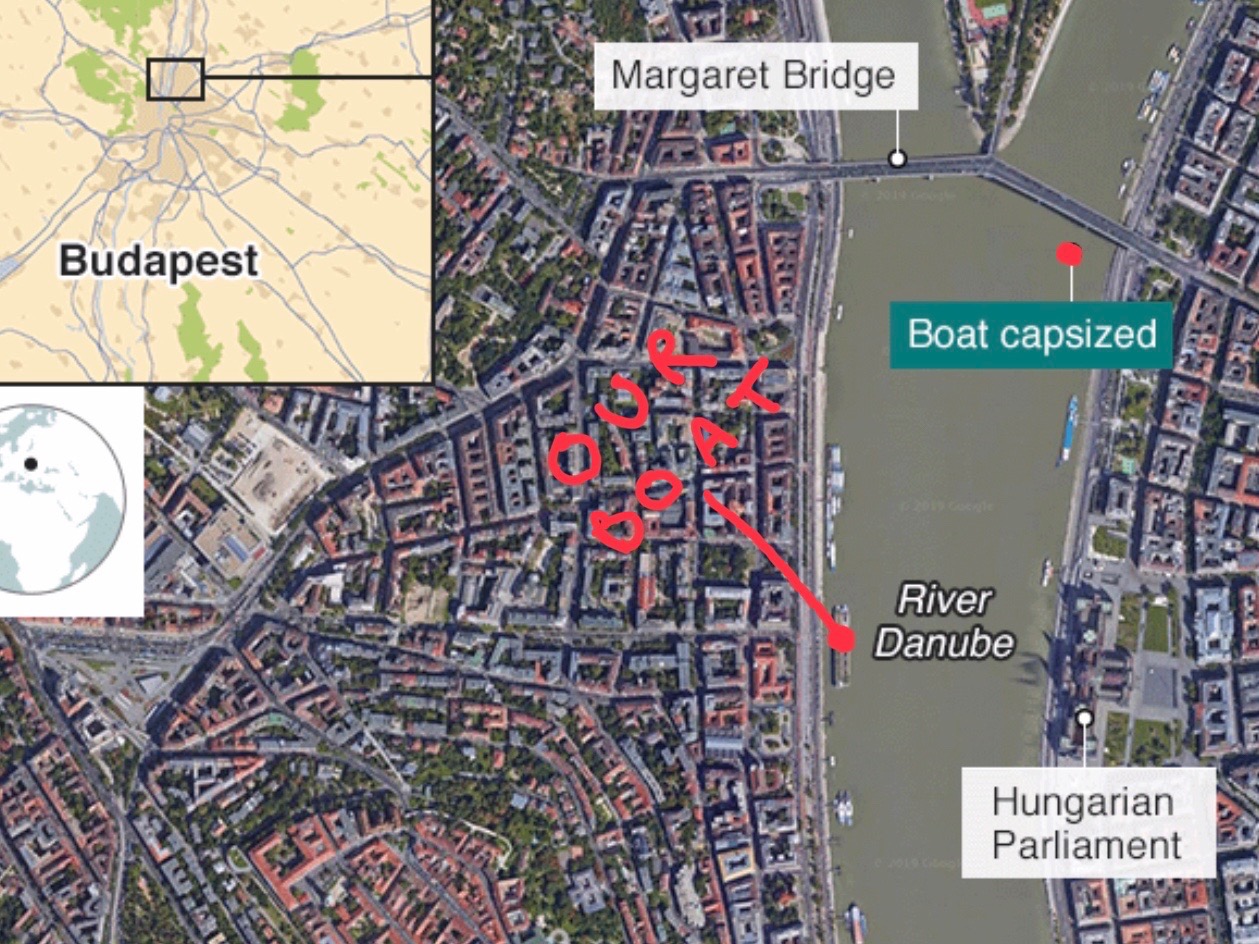
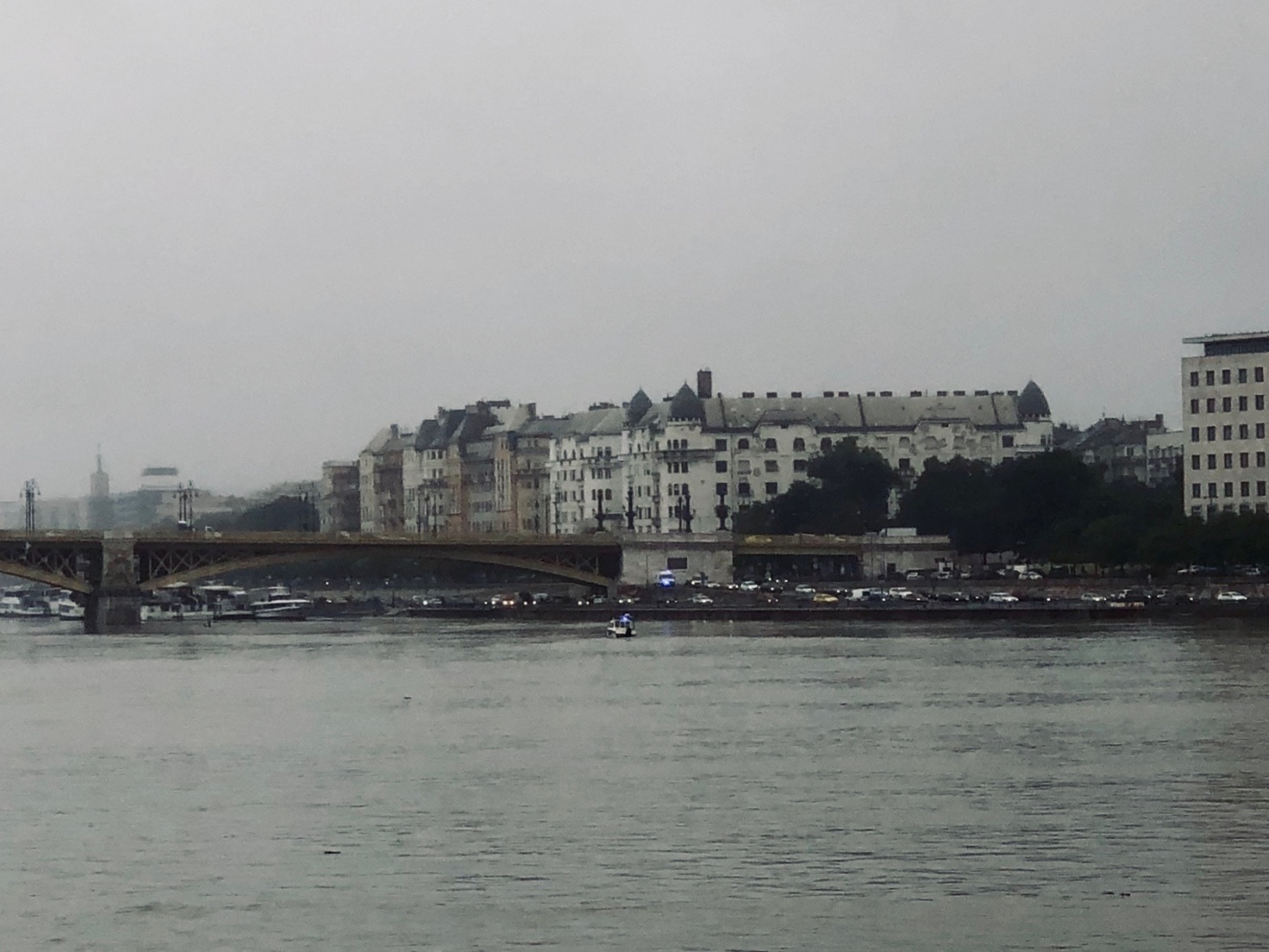
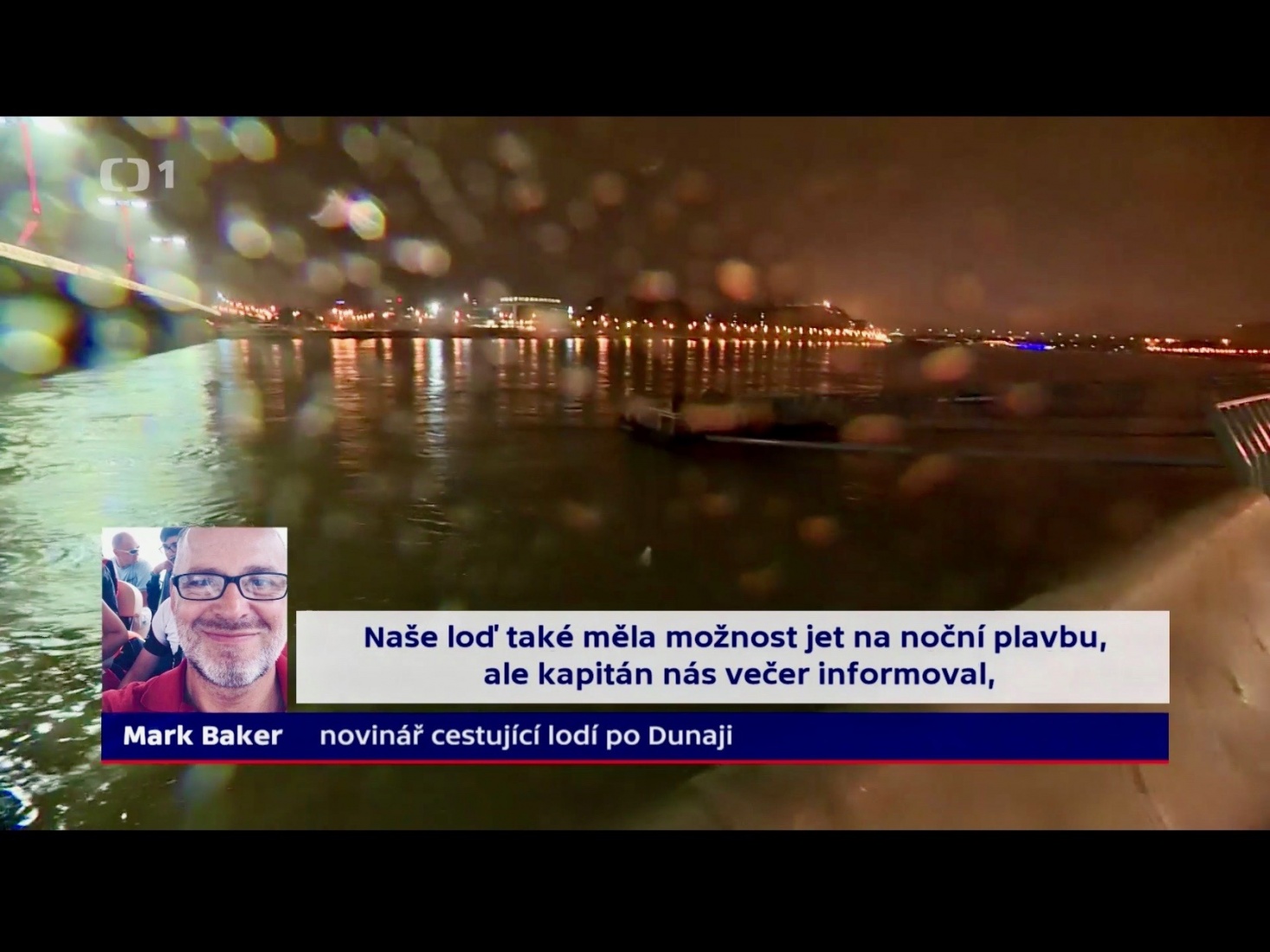
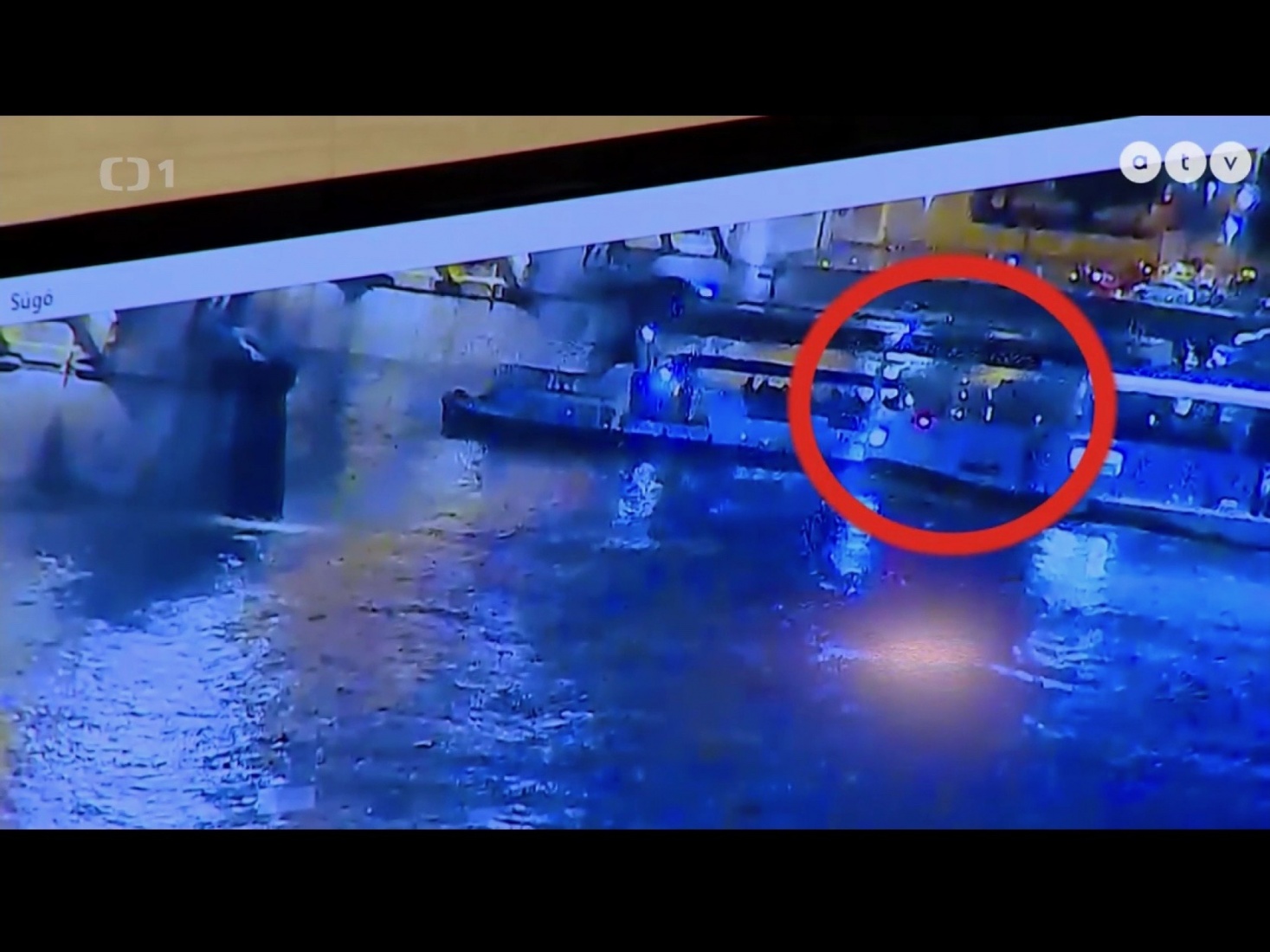
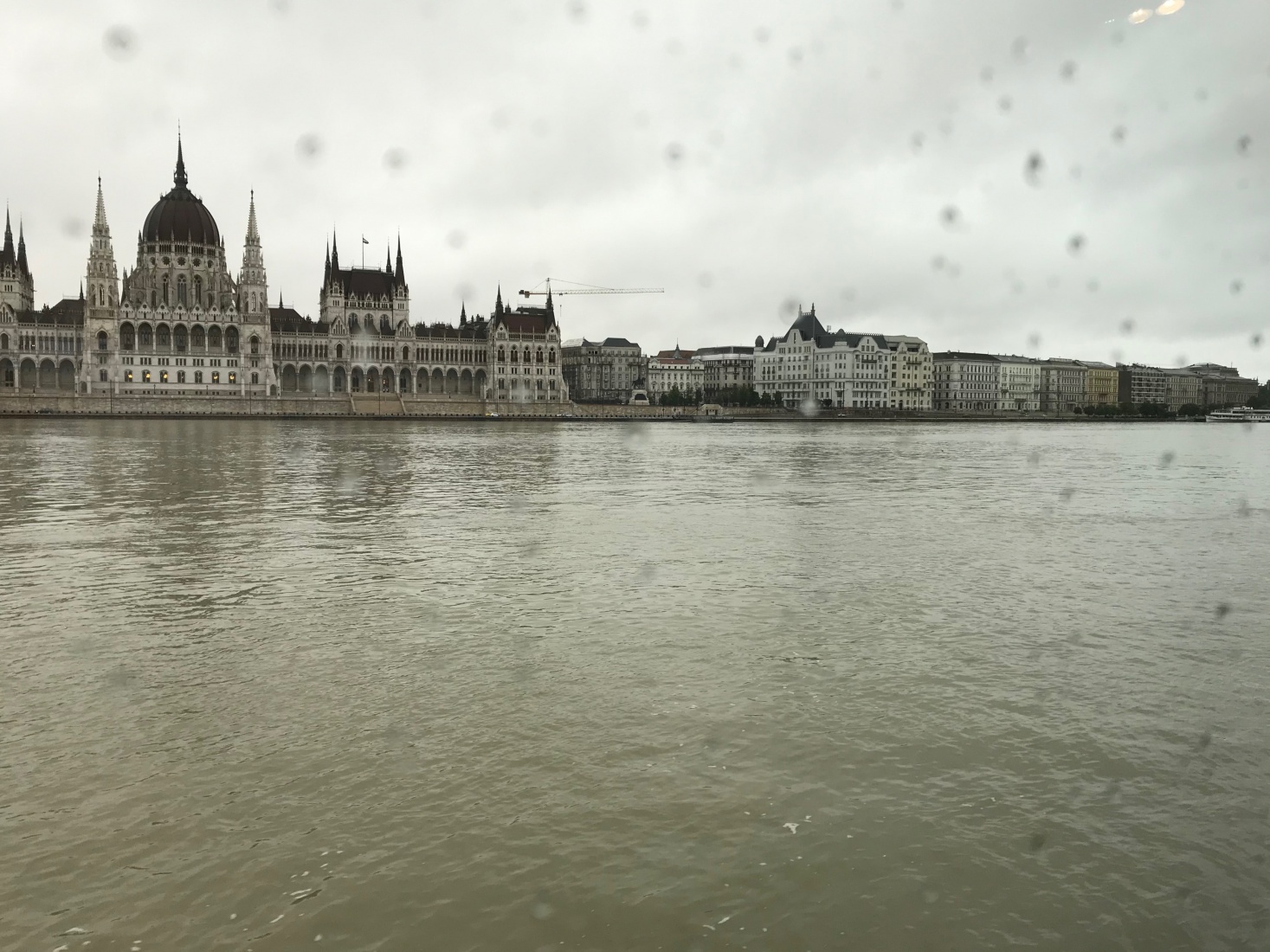
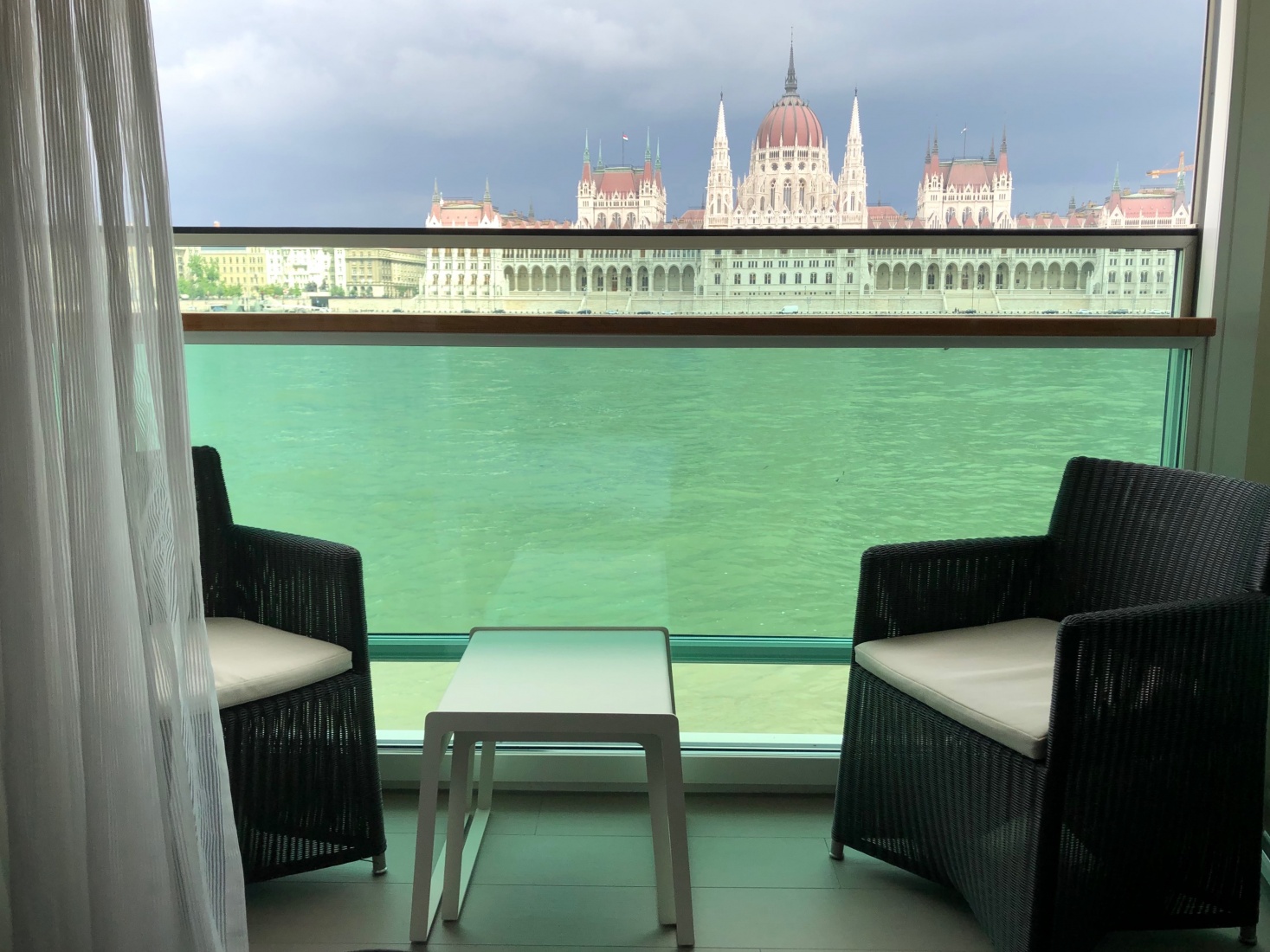
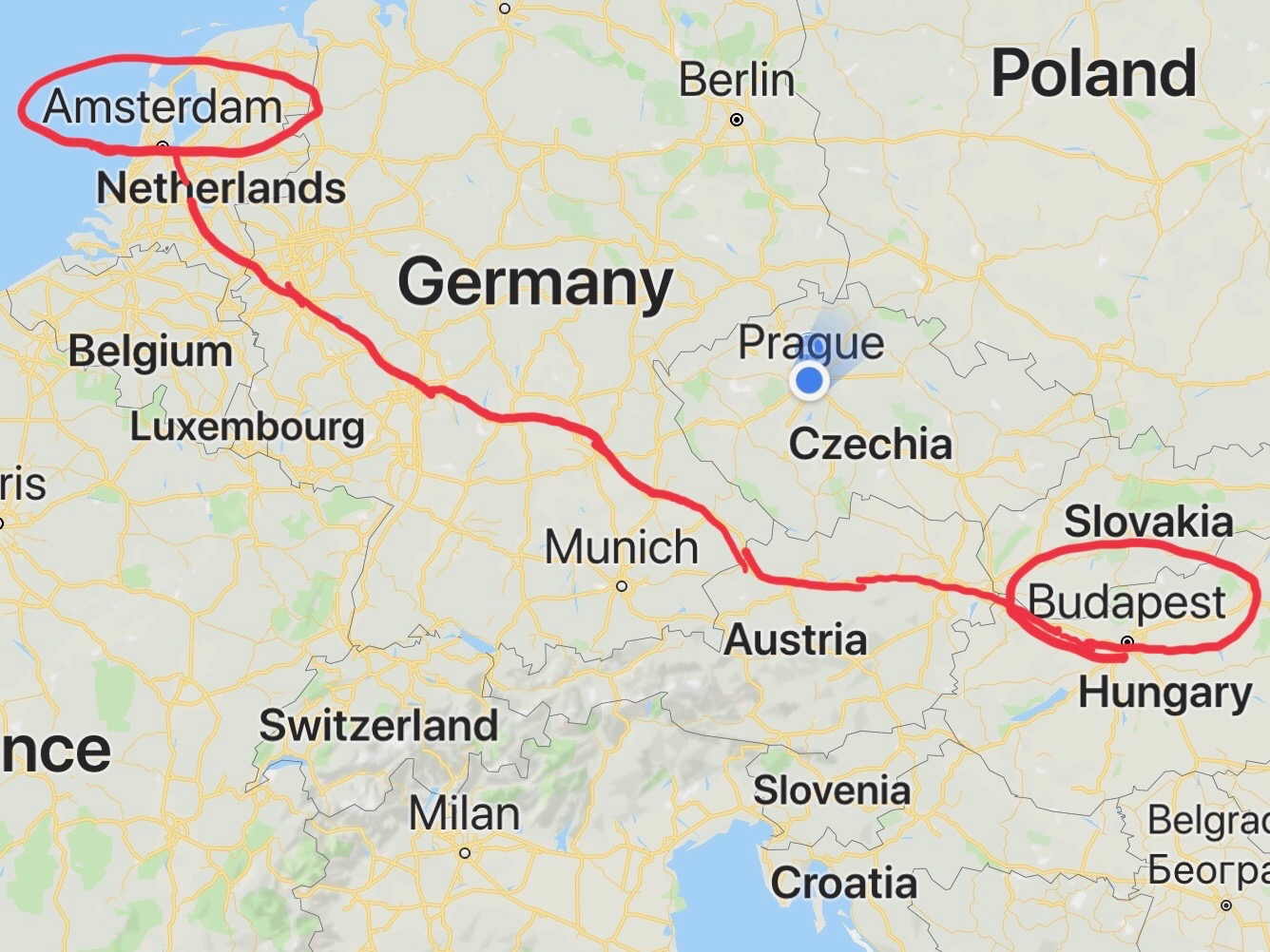
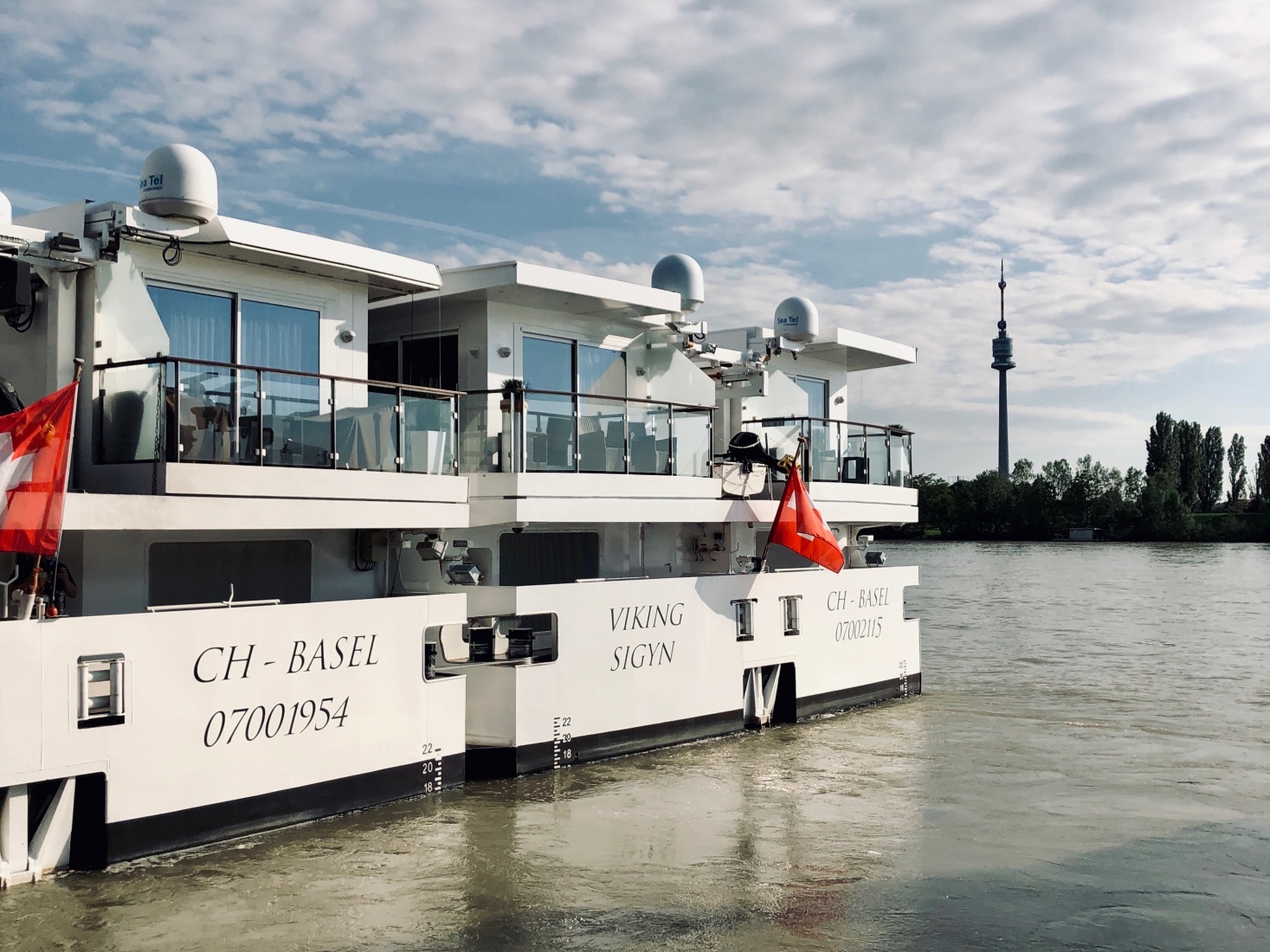
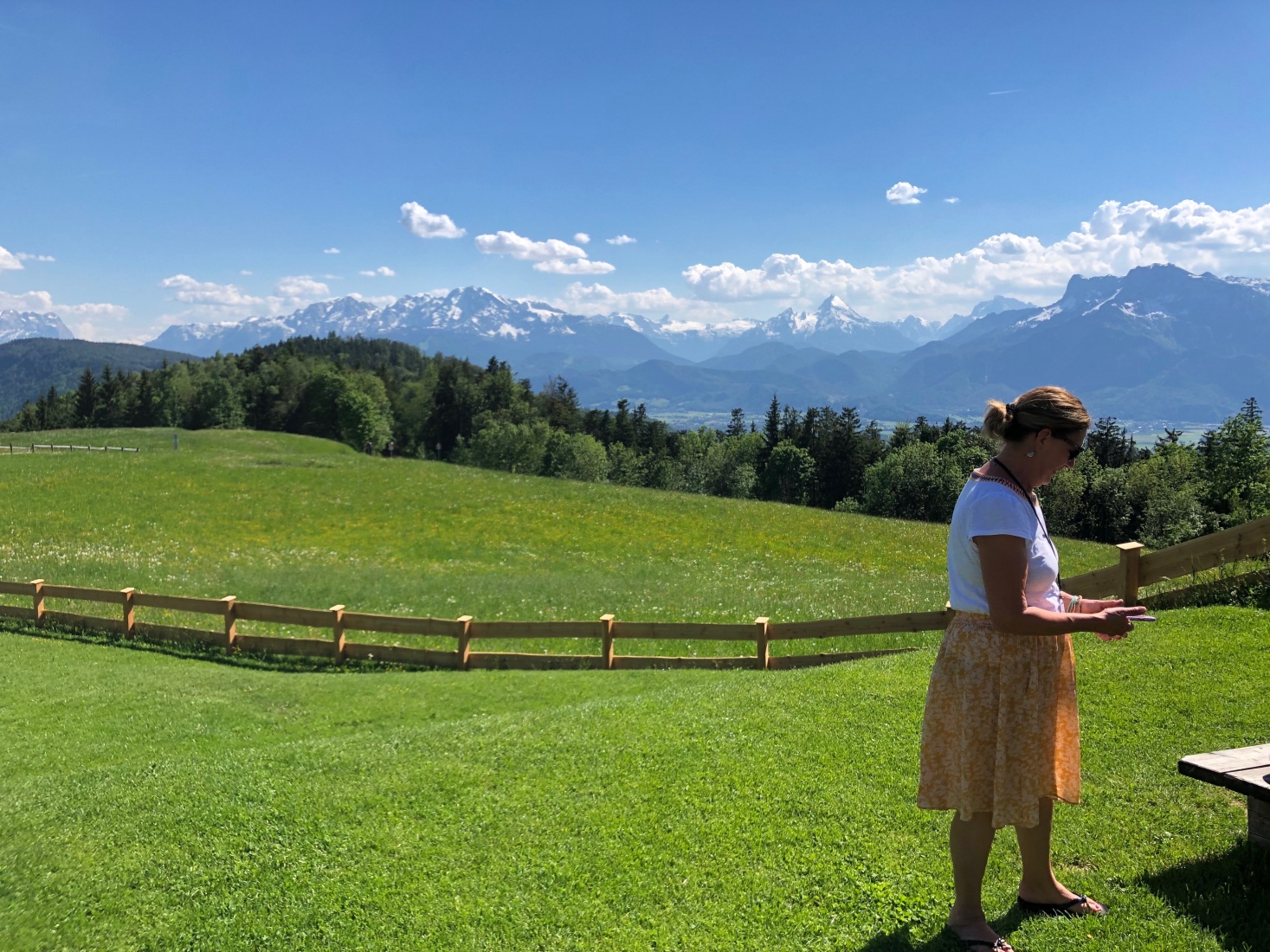
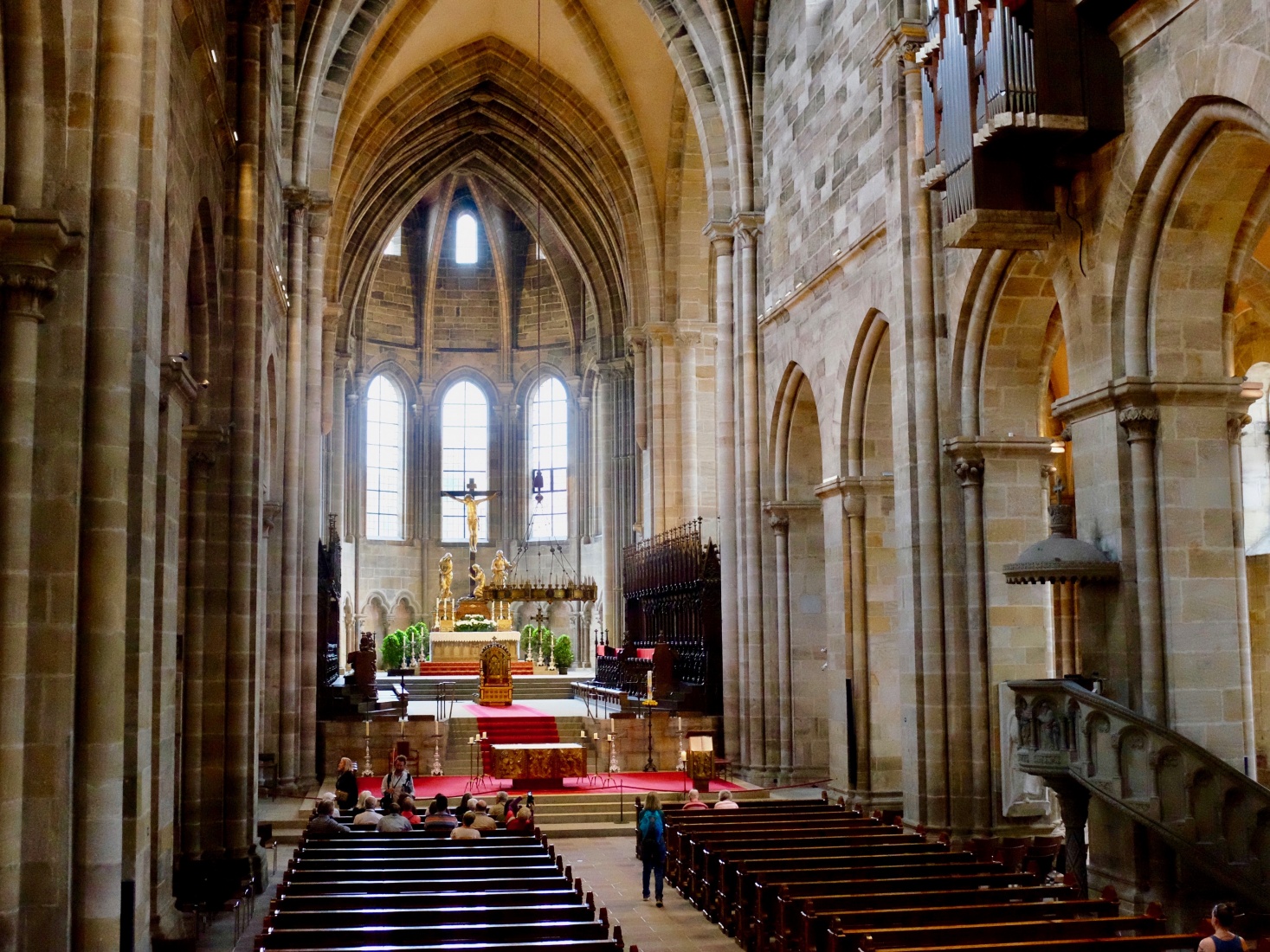
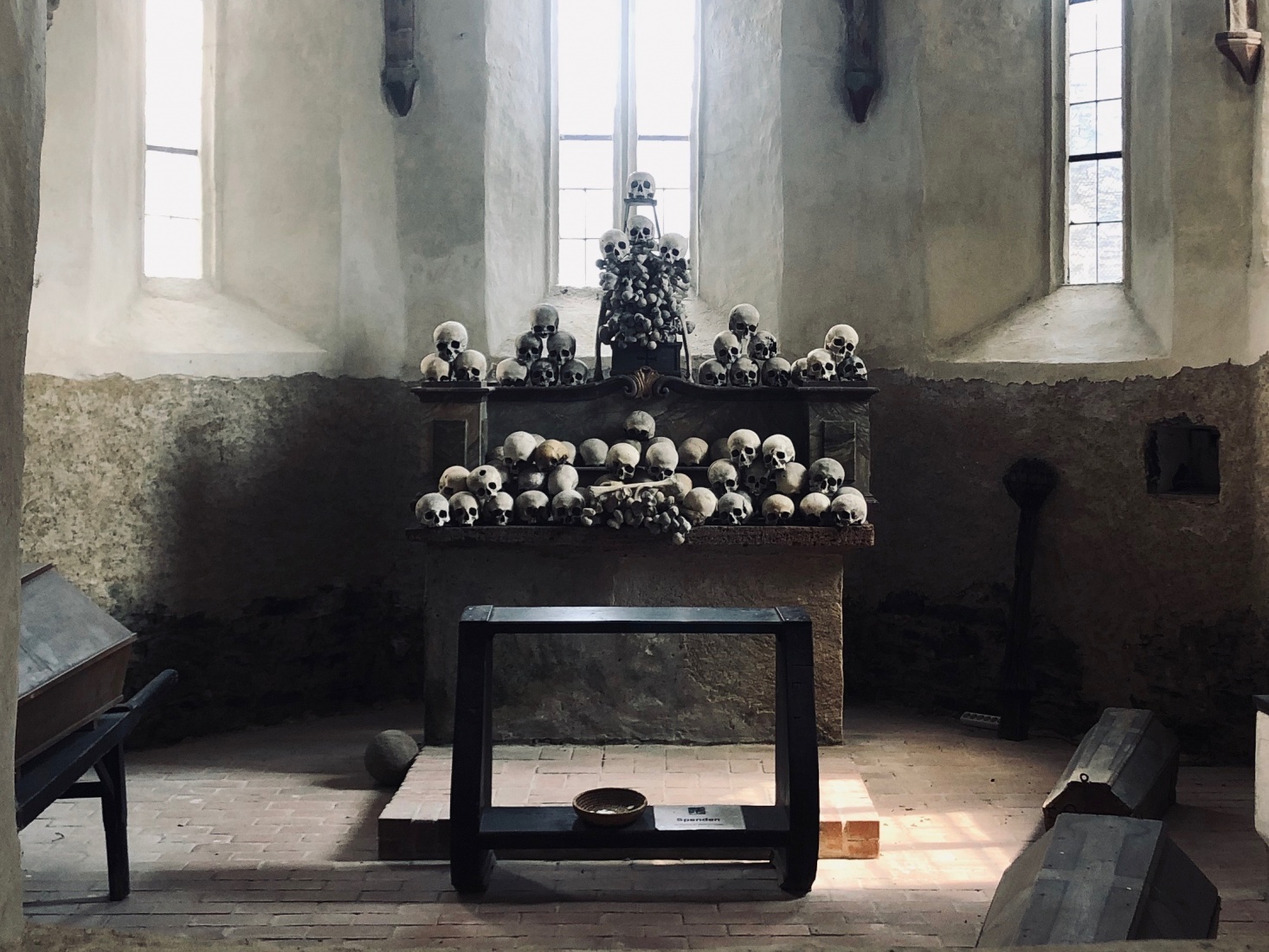
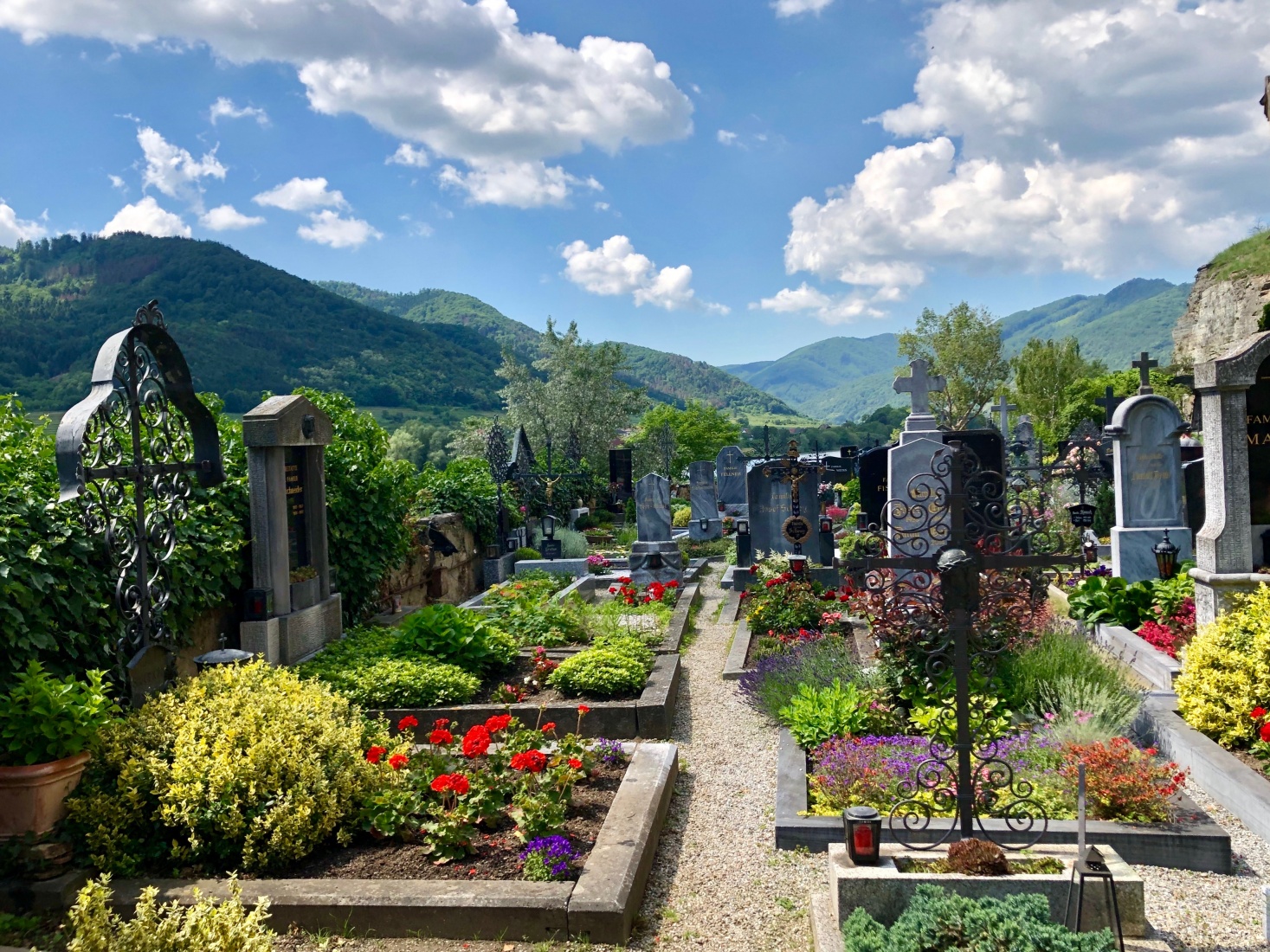
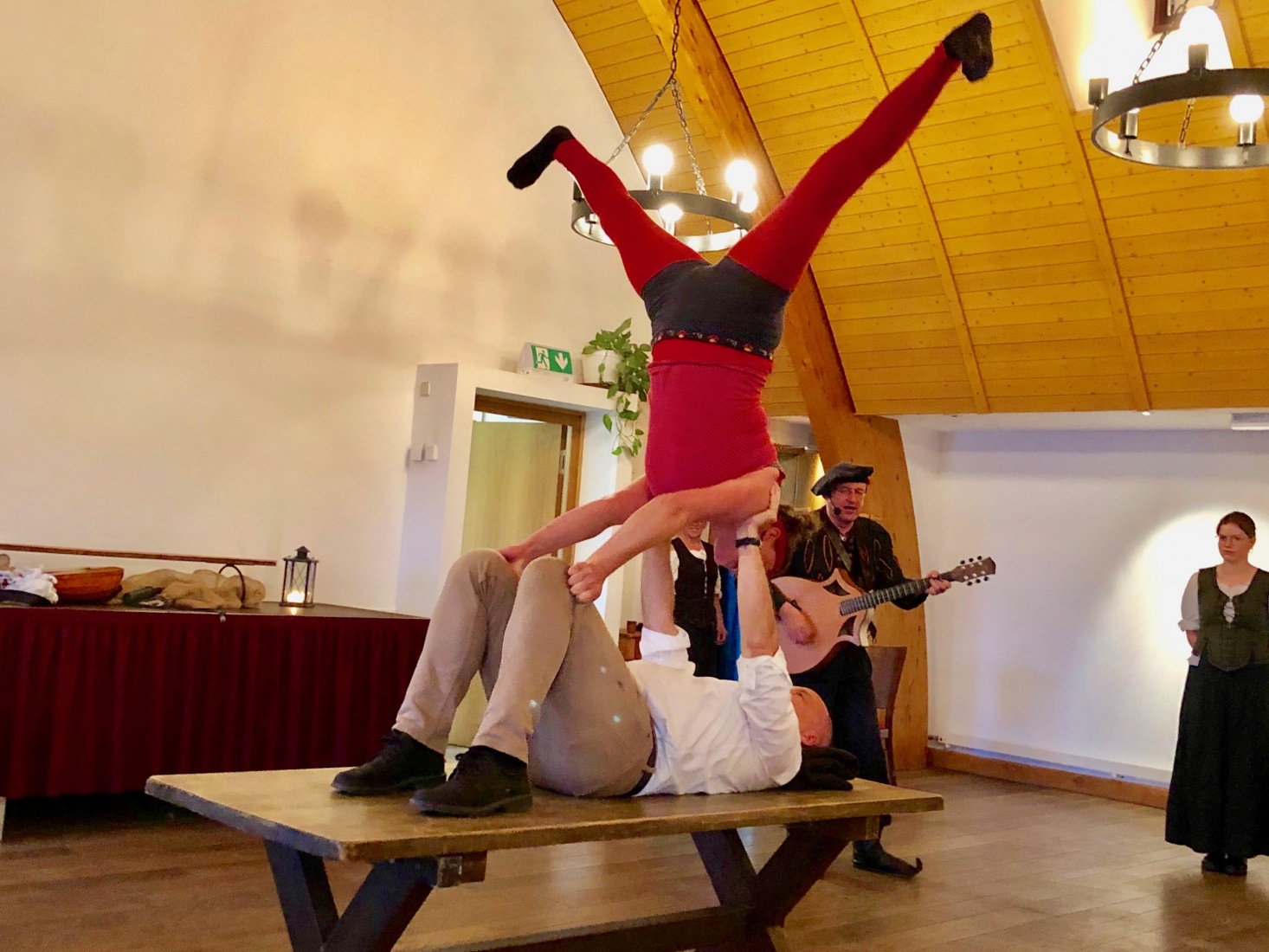
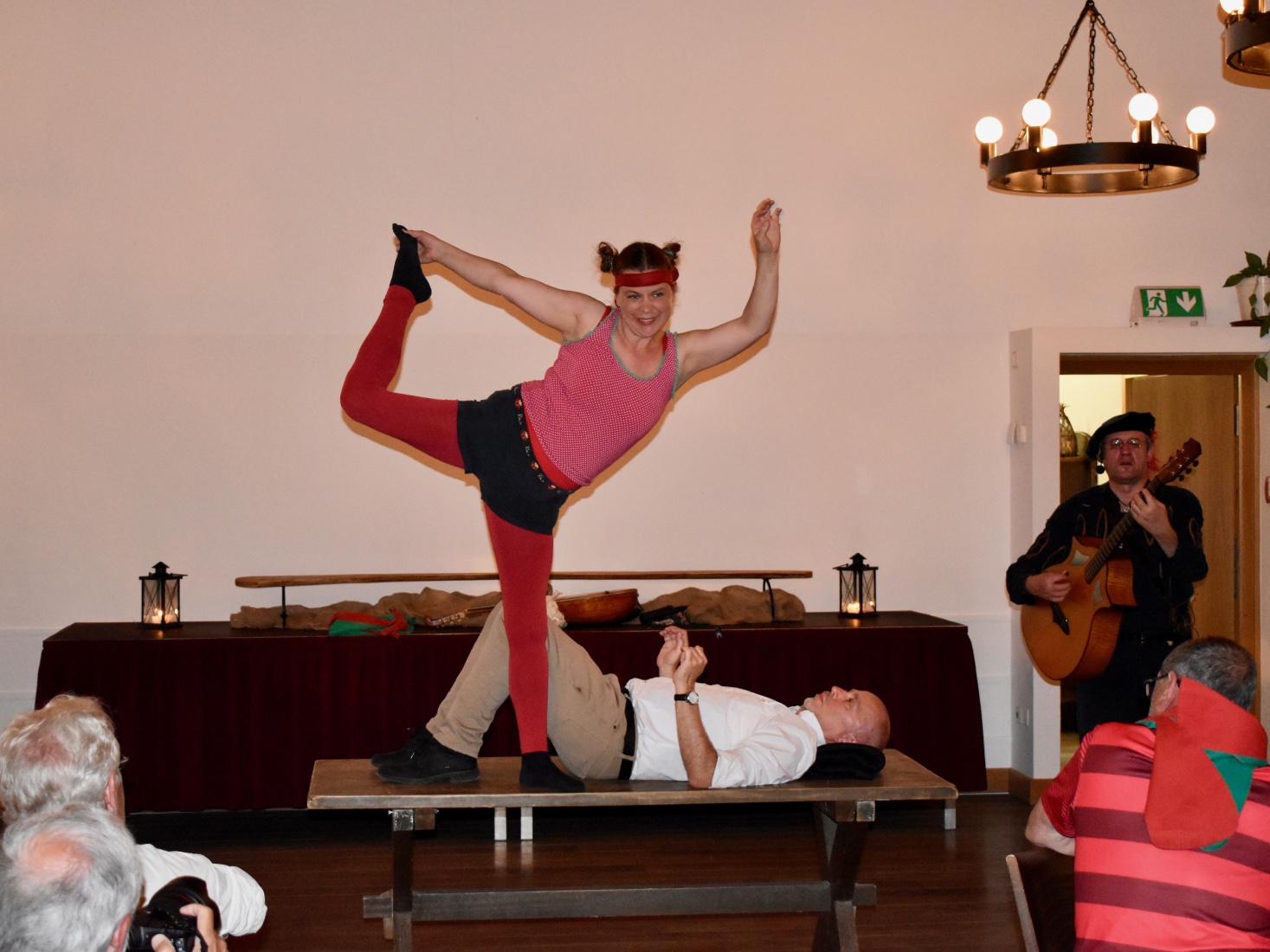
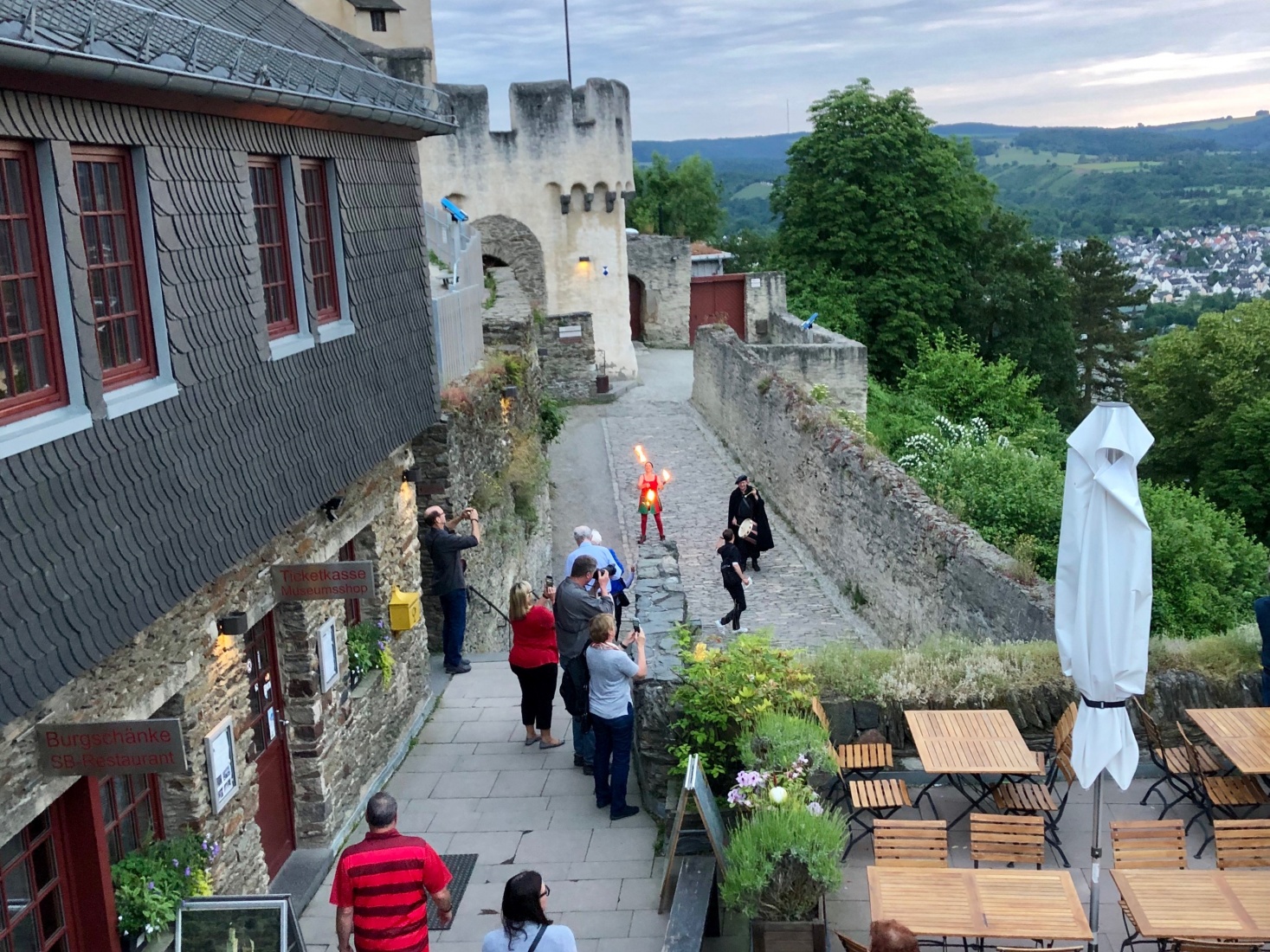

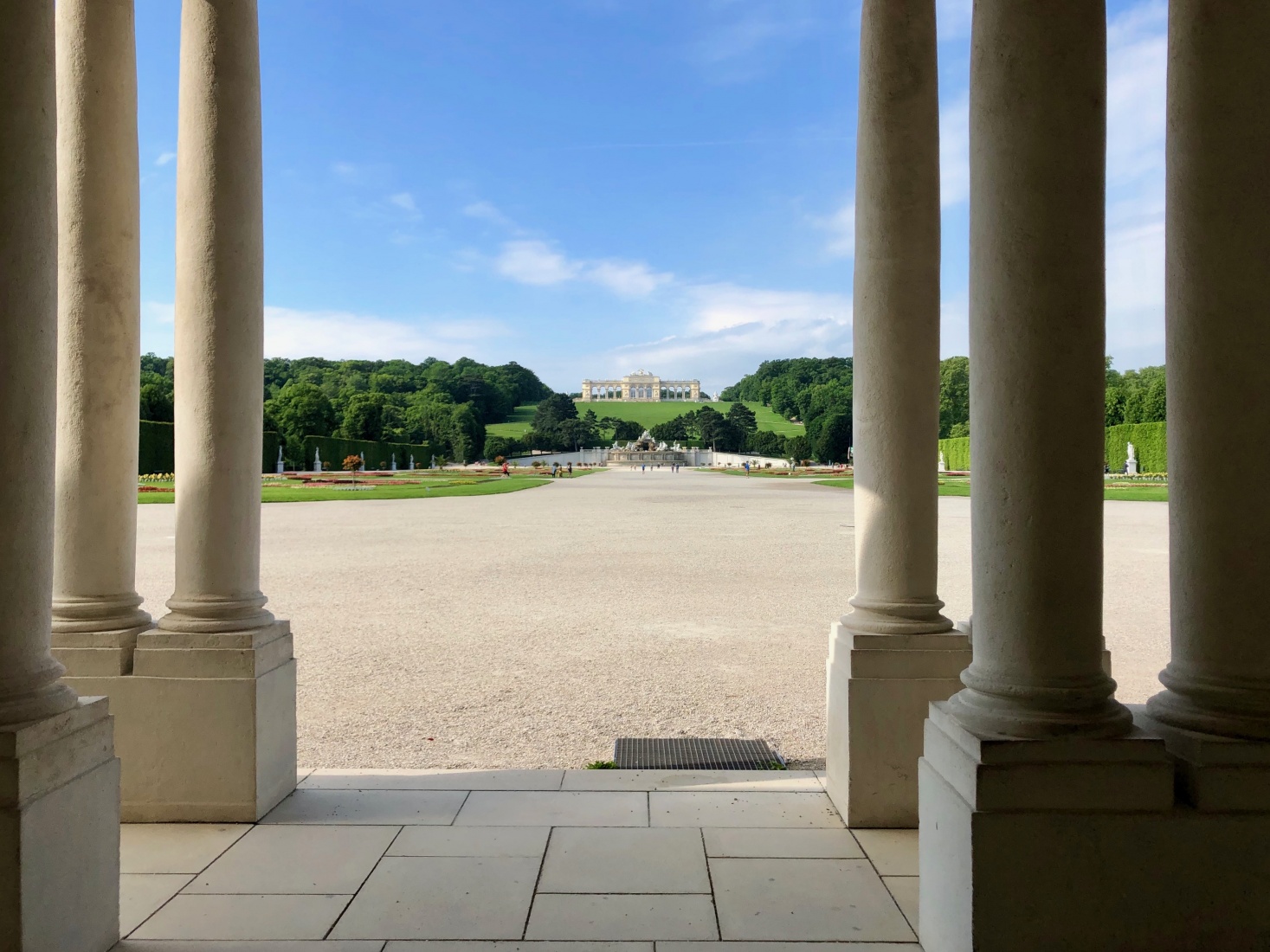
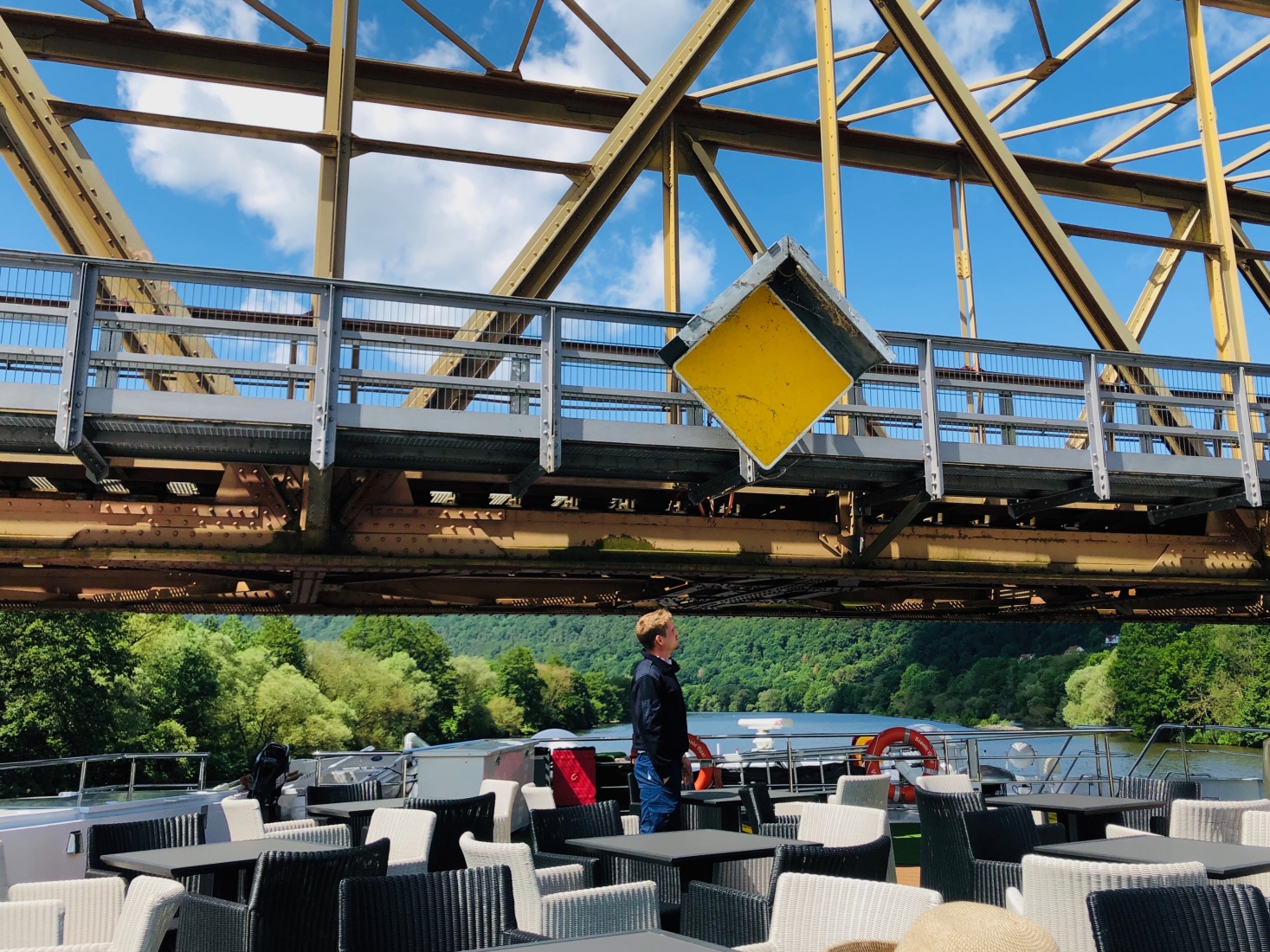

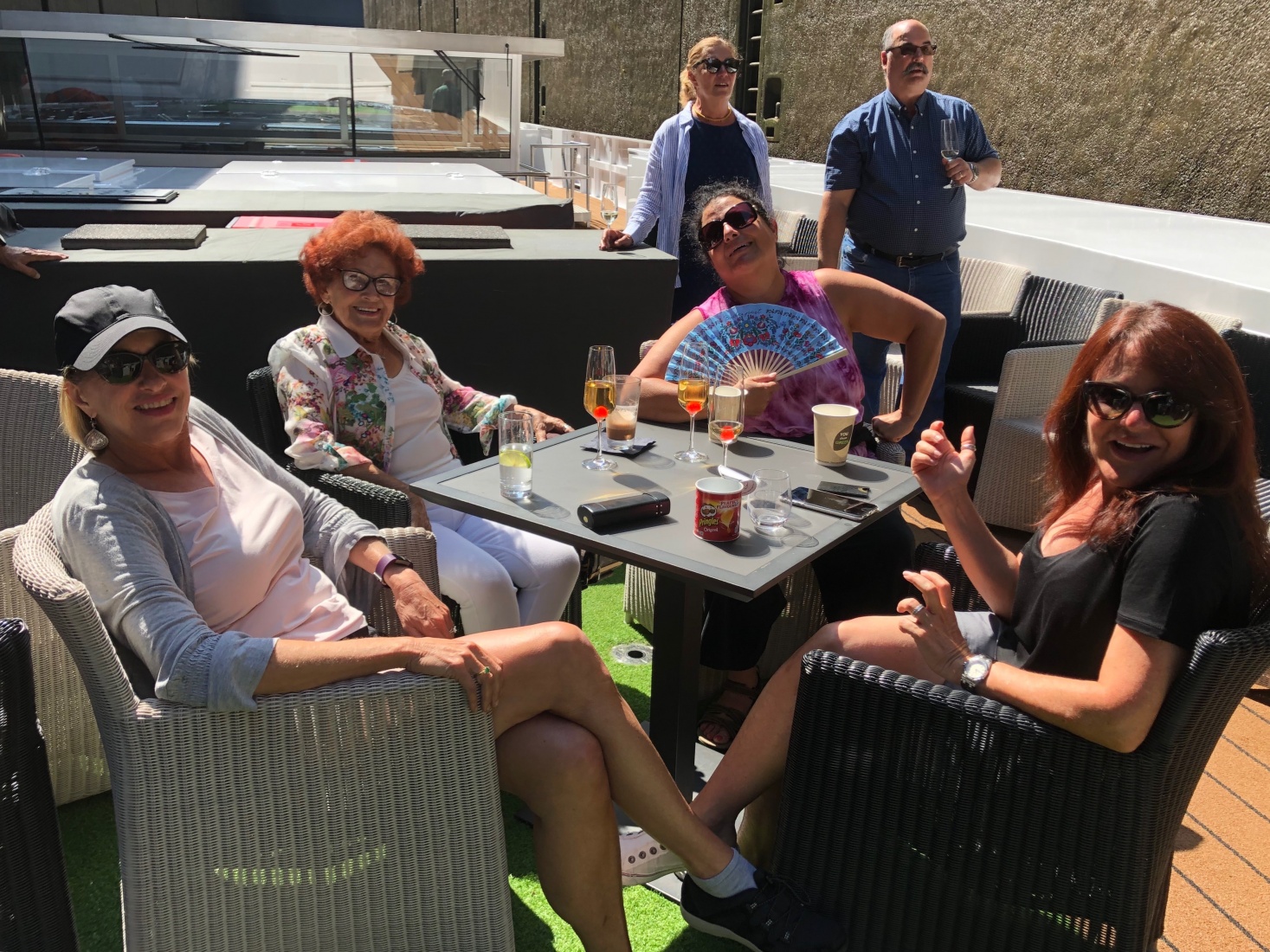
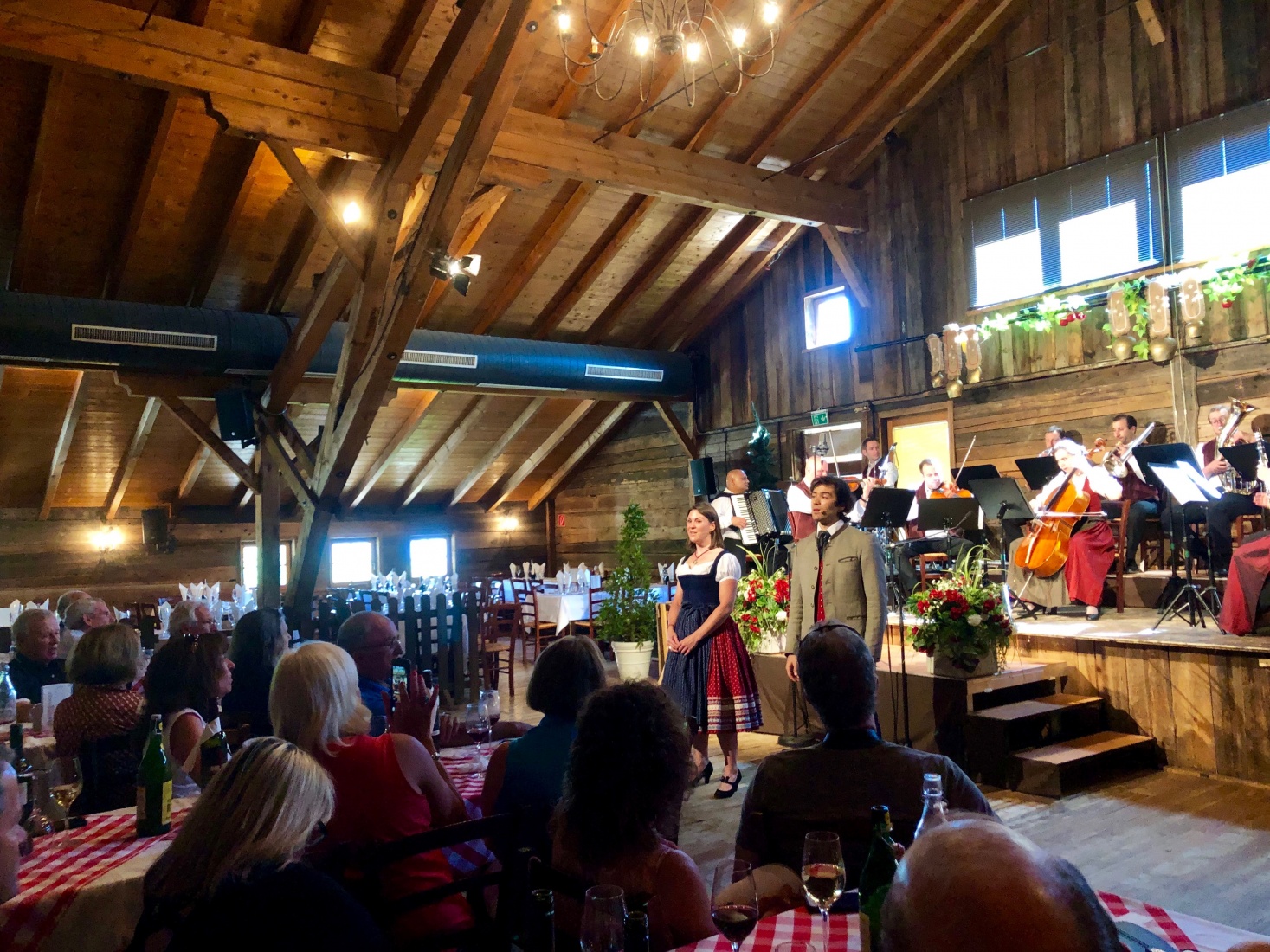
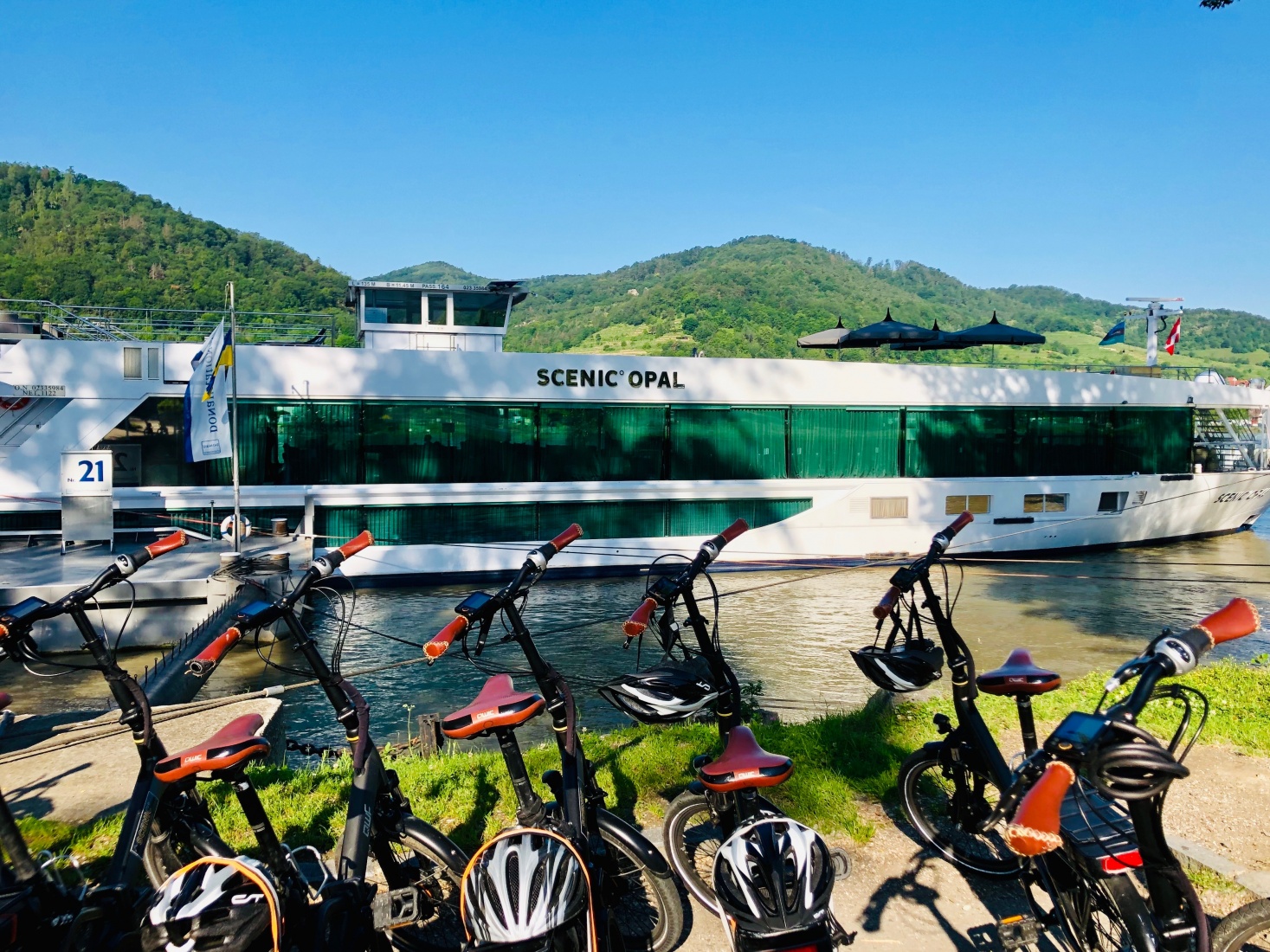
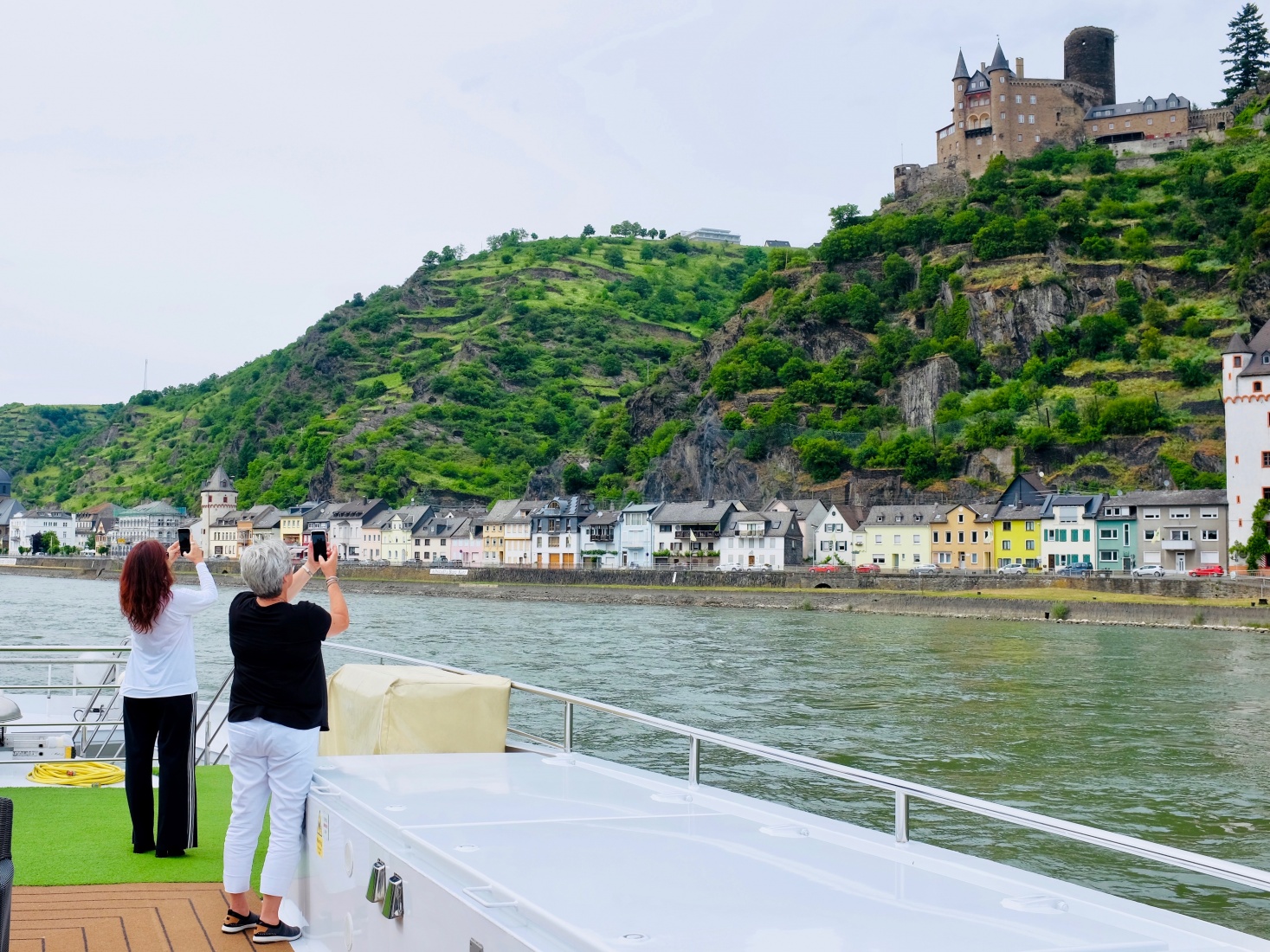
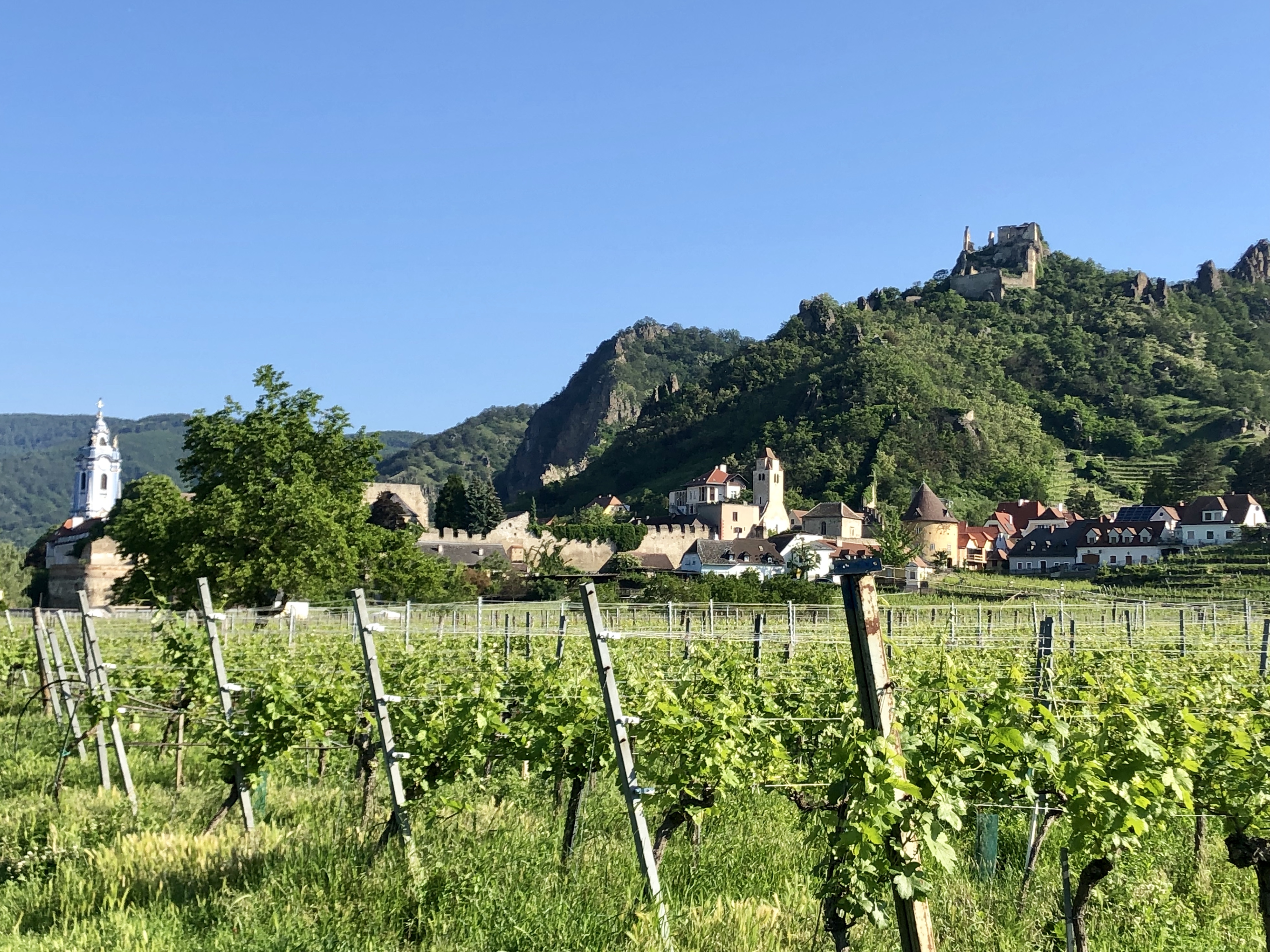
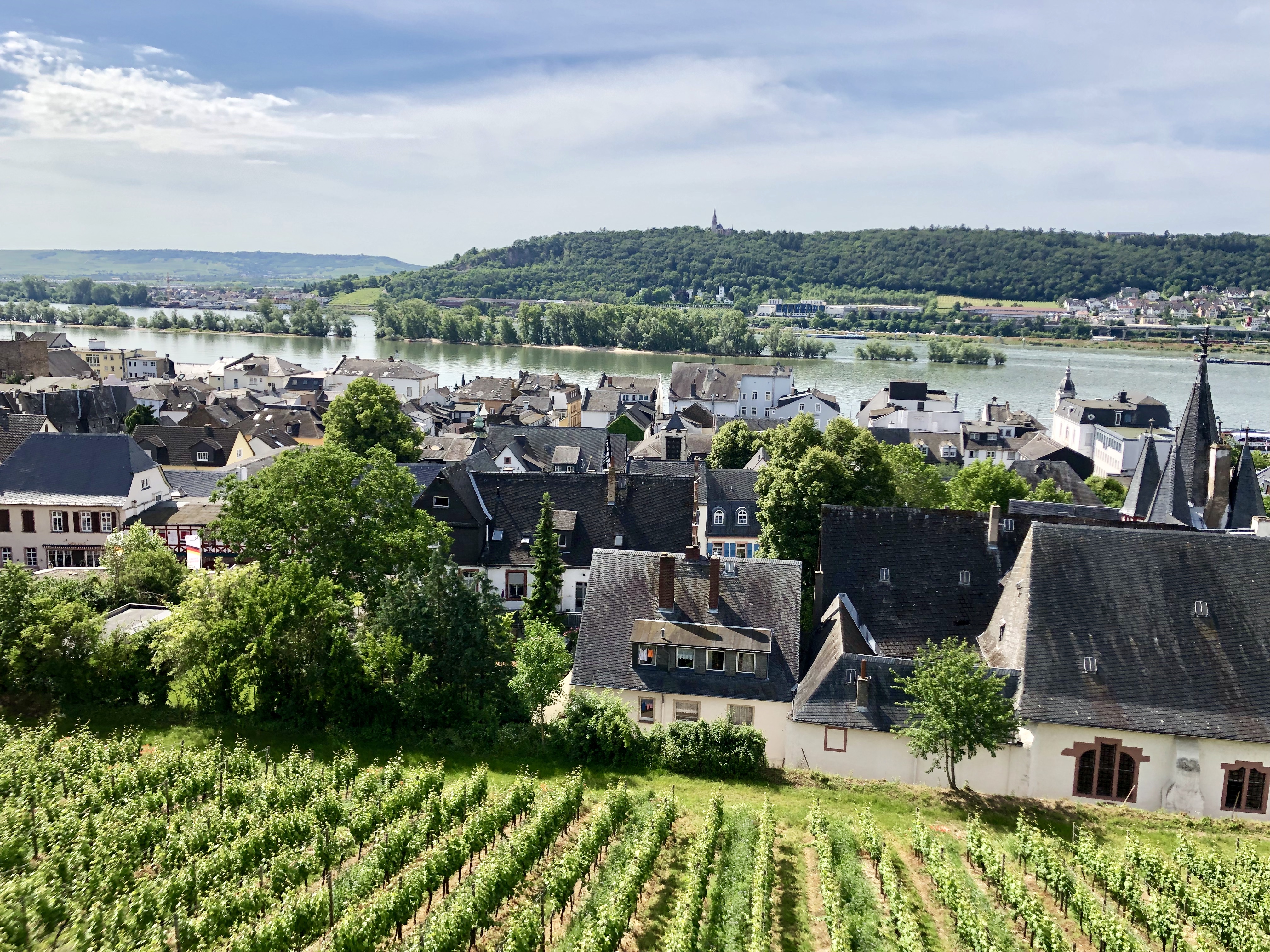

Glad your captain made the right decision!
Yes he did and me too 🙂 Thank you for leaving a comment.
Mark Baker, I love your writing. Thank you for giving us the opportunity to read such a great piece. Hope to see you next time I’m traveling through Europe.
Hi Laurel, happy you liked it and thanks for leaving a comment!
Thank you for sharing. I too love your writing.
Thank you, Annette! That’s really nice of you to say.
Great article Mark! Loved recalling our memories even though some were tragic. I still can’t believe it’s been a year. Stay safe and healthy.
Hi Leigh, happy cruise anniversary! 🙂 Hope you are doing well!
Fantastic article! Your depiction of the evening of the accident was both accurate and beautifully written. It was an unsettling night, and I’m sure it still haunts many of us. So sad. On a lighter side, the rest of the cruise was phenomenal, and the photos you chose for this article really capture the beauty and fun of the cruise. I will forever remember your acrobatic feats at the castle. 🙂 PS–Thanks for the photo cred! xoxo
Hi Donna, thanks for reading and leaving a comment. I will always remember that cruise! You guys made it so much fun in spite of that first night. Mark
Fantastic article Mark! It brings back memories of a wonderful trip! Deep sympathy to all involved in the tragic accident in Budapest.
Simon & Kylie
Hi guys, Thank you for reading and leaving a comment. Yes, it was a memorable trip! Hope you and family are doing well and staying safe. Mark
Mark. Thanks for the memories. I was up reading that night watching the blue lights wondering what was ongoing. We were disappointed in not cruising that night but looking at the river conditions I was honestly glad we stayed put. The next morning even more so. Thanks for the trip of a lifetime. Sally and I still remember all the friends we met and the amazing time we had.
Now we’re living in a different time. I hope you are well. Being a “front line” doc for the last two months I hope all of our friends are well and safe. Thanks for a great article
Hi Mark, Thanks for reading and leaving a comment. I can imagine a ‘front line’ doc must be a pretty crazy place these days. Who could have imagined this horrible pandemic a year ago? Coronavirus has put a stop to all things travel for the time being, but I’m very much okay with that if it means people are staying safe and healthy. All the best to you and Sally, Mark